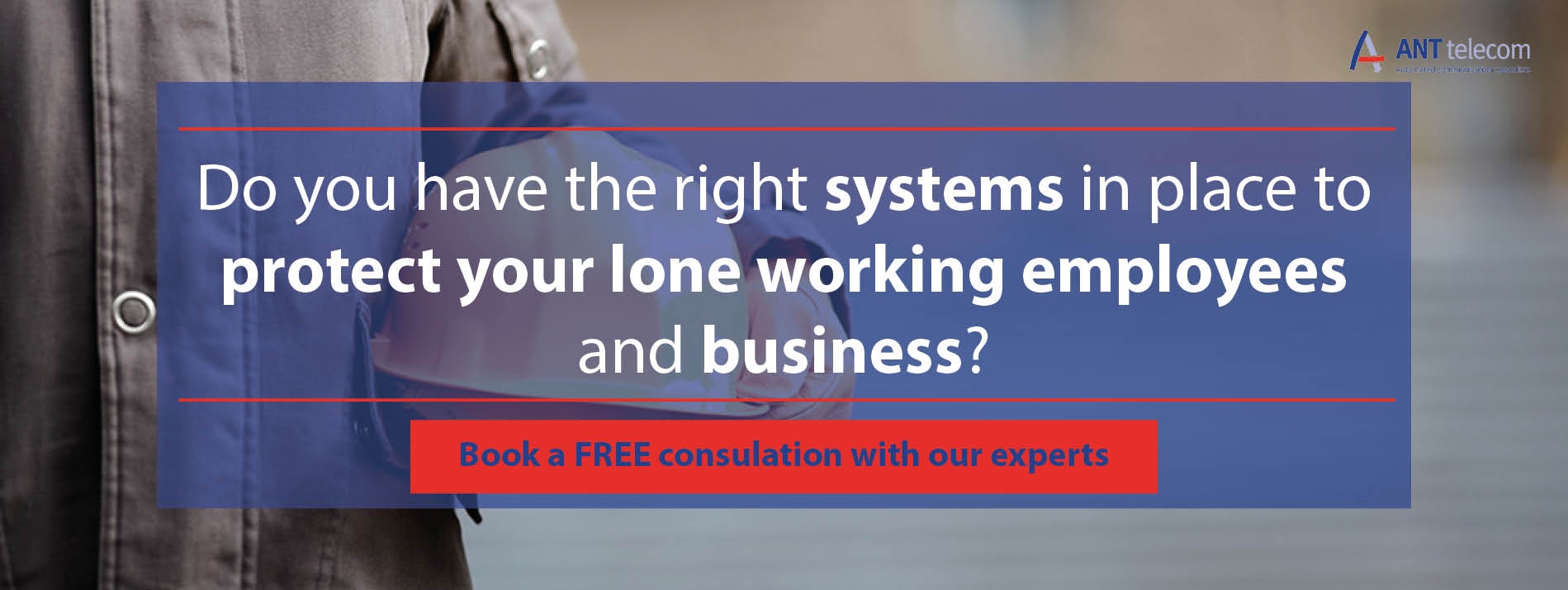
In order to keep large sites operating - especially in the manufacturing sector - it is often necessary to have employees moving around the site by themselves in order to deal with the workload that can often be generated by such expansive facilities. However, whilst this makes for an efficient method of operation under normal circumstances, in the event of an emergency these lone workers can find themselves in considerable danger, especially if they are working in an already hazardous environment. To tackle this, most companies have established clear methods for ensuring the safety of lone workers and require their staff to undergo extensive training for dealing with a potential accident, expanding on the guidelines set out by the Health and Safety Executive. However, despite these efforts, lack of lone worker protection is still a cause for concern in many working environments, though there are measures that can be taken to improve the situation and potentially save lives.
In hazardous working environments such as factories, chemical plants or water treatment sites, the sheer size of the facilities can make it difficult to quickly raise the alarm in the event of an emergency. This is even more so the case for lone workers, who may find themselves unable to reach designated alarm buttons or operate in areas where there is little mobile reception in the event of an emergency. Furthermore, if they are physically incapacitated by an accident, it may be some time before their absence is noted by other staff members. Speed is paramount when raising the alarm and when urgent care is required. To counteract these factors, ANT provide a range of devices that can be used by lone workers to raise the alarm.
Communications Gear
The first type of these are called mobile personal emergency response devices (MPERS), which function as single-function gadgets that are carried by the worker and send a high priority alarm at the press of a button, alerting colleagues to the situation. They can also raise an alert if the user is rendered unconscious and if the device is tilted beyond a certain angle for a pre-determined time period. Their small size and portability make MPERS a great fit for lone workers who are constantly on the move and can complement other safety devices. The other devices in the range that provide protection for lone workers include smartphones with a lone worker app, Radios and DECT handsets. These types of handsets provide users with voice communication capabilities and allow users to keep in touch with their colleagues around the plant for operational purposes. They are also fitted with dedicated panic buttons and tilt sensors so that the user can raise an alert anywhere on site.
Alarm Platform
Once a lone worker has raised the alarm, it then filters through to our critical alarm management platform that can be installed locally onsite or in the cloud. This software processes the lone worker alarm and distributes it to people (response team) who need to know within seconds. Alerts can be received on an array of devices including PCs, smartphones, Radio and DECT phones. Who manages the alarm is flexible and can be determined case by case. For example, some organizations may already have an existing control room facility where operators are trained in managing high priority alerts. In other cases, it may make sense to send the alerts to other lone worker colleagues that are operating within the same area and therefore can attend the scene within seconds of receiving the alert. Once the response team receive the alert, it must be acknowledged by a member of the team who is then responsible for managing the situation and ensuring that the lone worker is found and receives the necessary medical attention they require. Once done, the alarm can then be closed, which can all be done directly from their mobile handset or PC. Both updates - closed and acknowledgement – are updated on the critical alarm management platform and shared with the response team to keep everyone in the loop.
Collecting Data
Another advantage of using a critical alarm management system is that by centralising all communications and updates, it gives organisations the ability to go back after an event and analyse it in considerable detail. With this information, they can determine who was doing what and when, giving a clear picture of what at the time would perhaps have been a very chaotic situation. This information can then be used to update safety procedures and deliver more effective training in future to help correct any errors. It can also be of use if a company is investigated by regulatory authorities following a major accident such as a fire or chemical spillage, providing definitive proof that rules were properly adhered to and training guidelines followed.
Conclusion
There are a wide range of health and safety products offered by ANT, many of which are geared specifically towards organisations that utilise lone workers. These systems are designed to be integrated with each other as needed and function as bolt on additions to existing health and safety systems that may already be in use, allowing the client to configure them in order to get the exact solution they need. Furthermore, the critical alarm management system and associated devices can also be used for more mundane tasks such as scheduling routine maintenance or organising work in real time, allowing managers to communicate easily with lone workers and direct their work as needed, making everyday operations more efficient and keeping the flow of information open. Overall, using modern technology to update the way in which employees are covered by health and safety procedures can deliver a truly comprehensive level of lone worker protection, allowing them to get their jobs done with the knowledge that help is always at hand.





